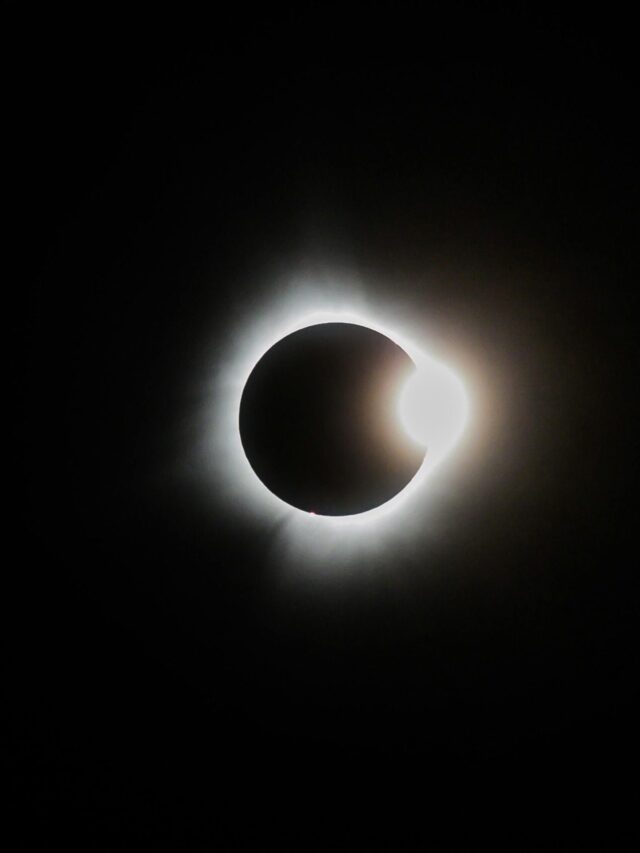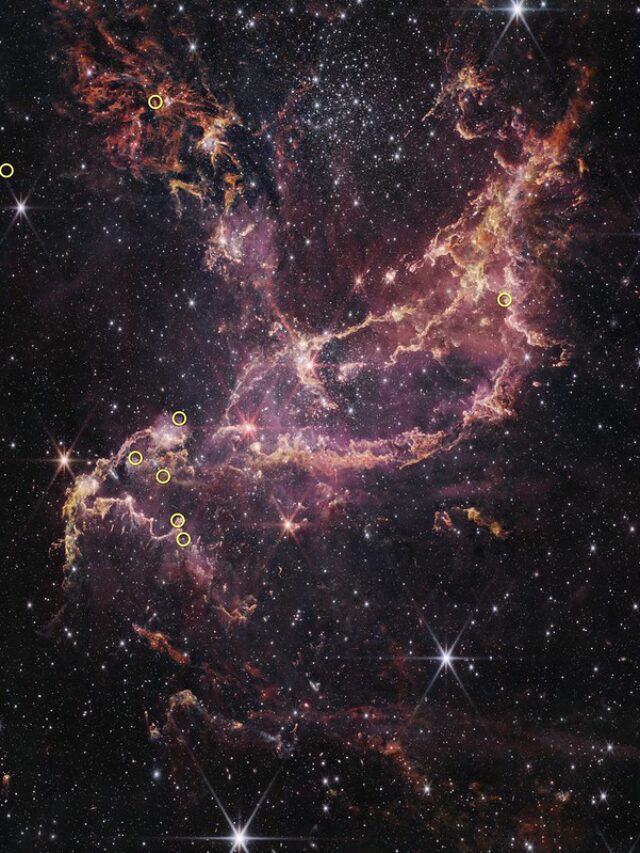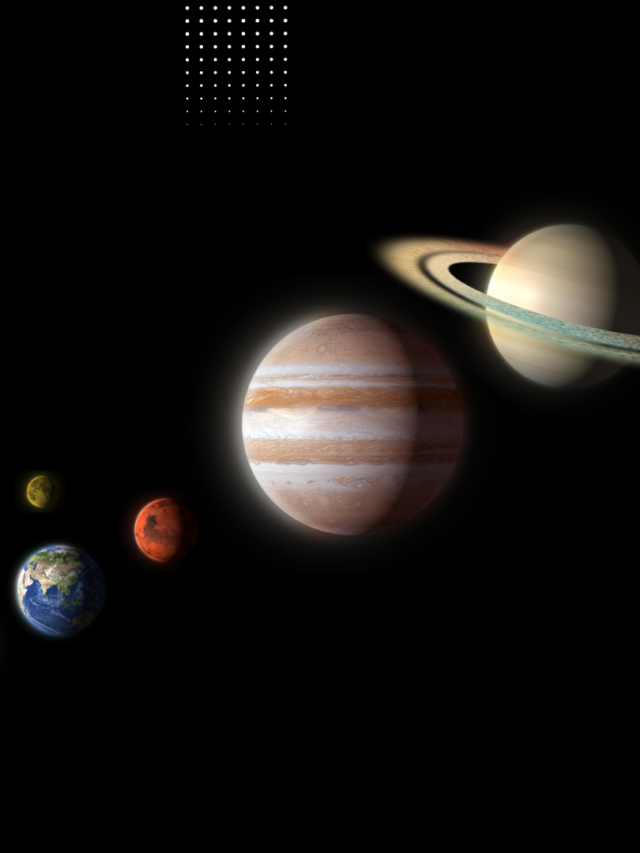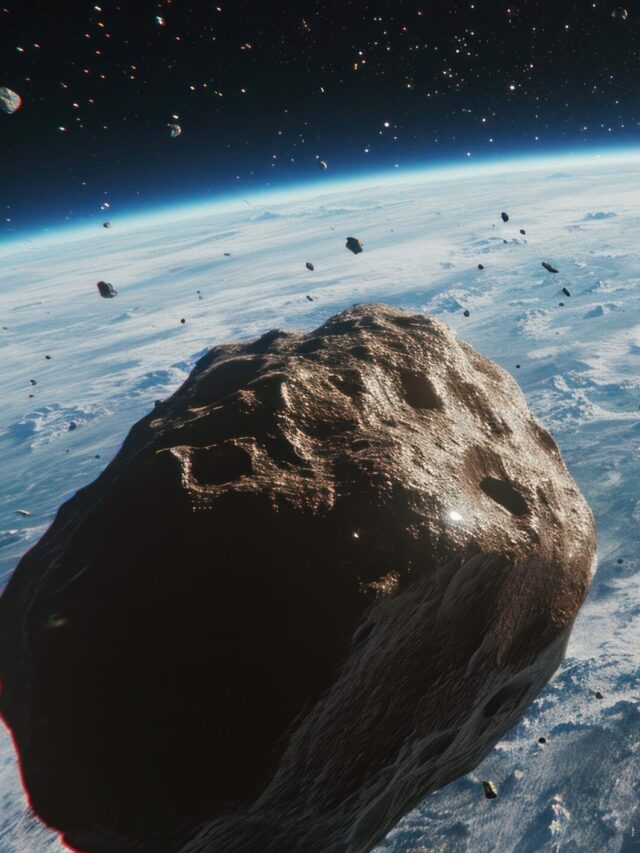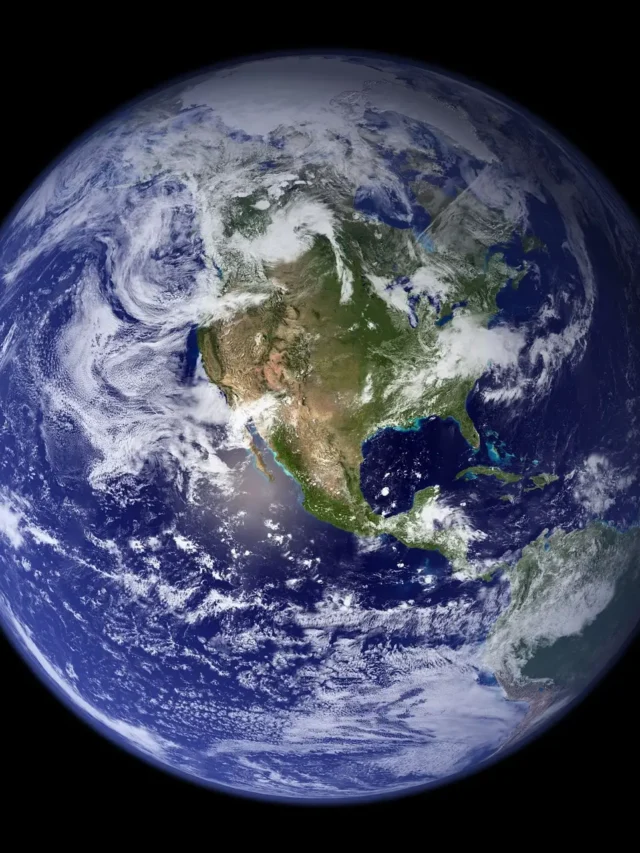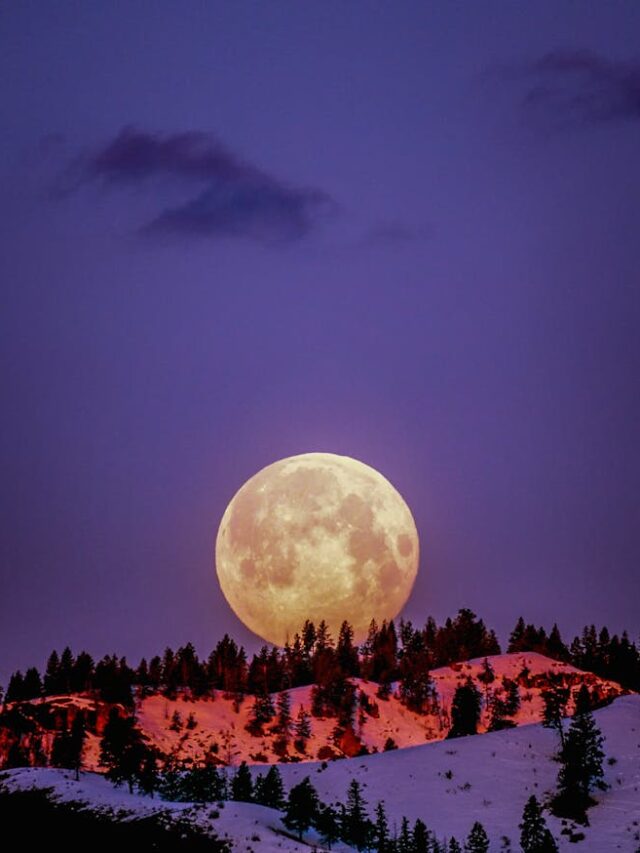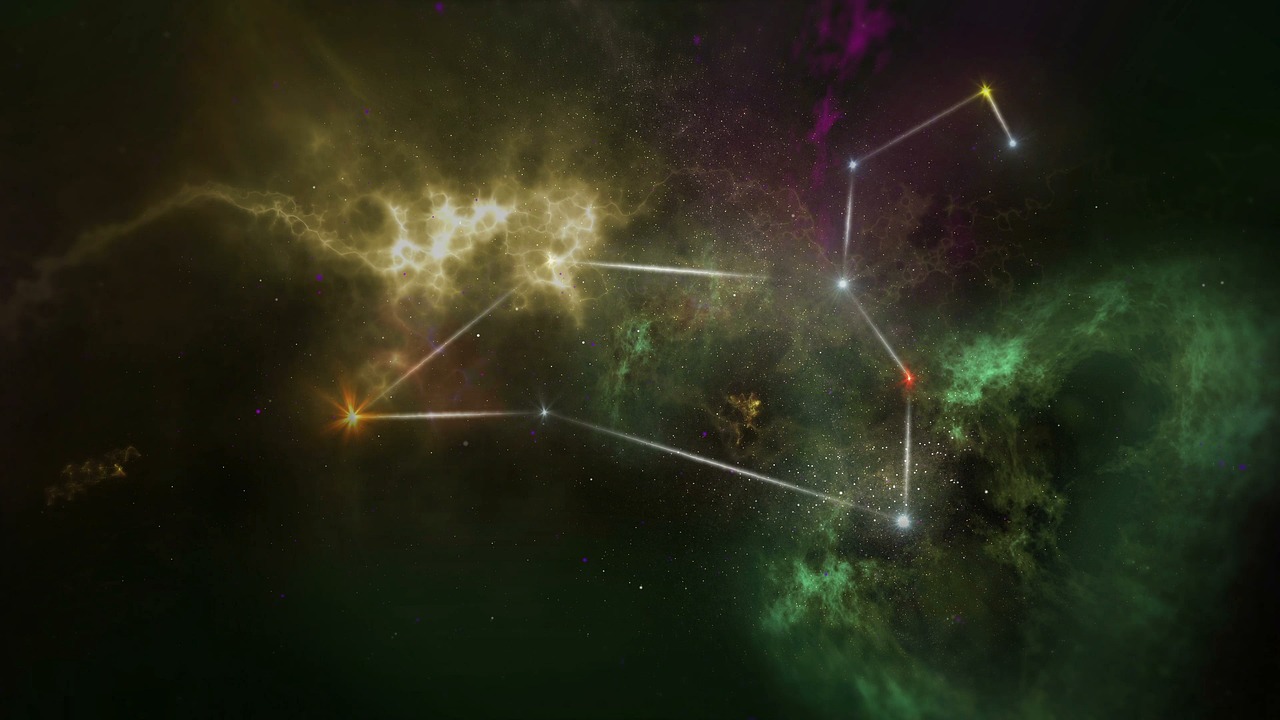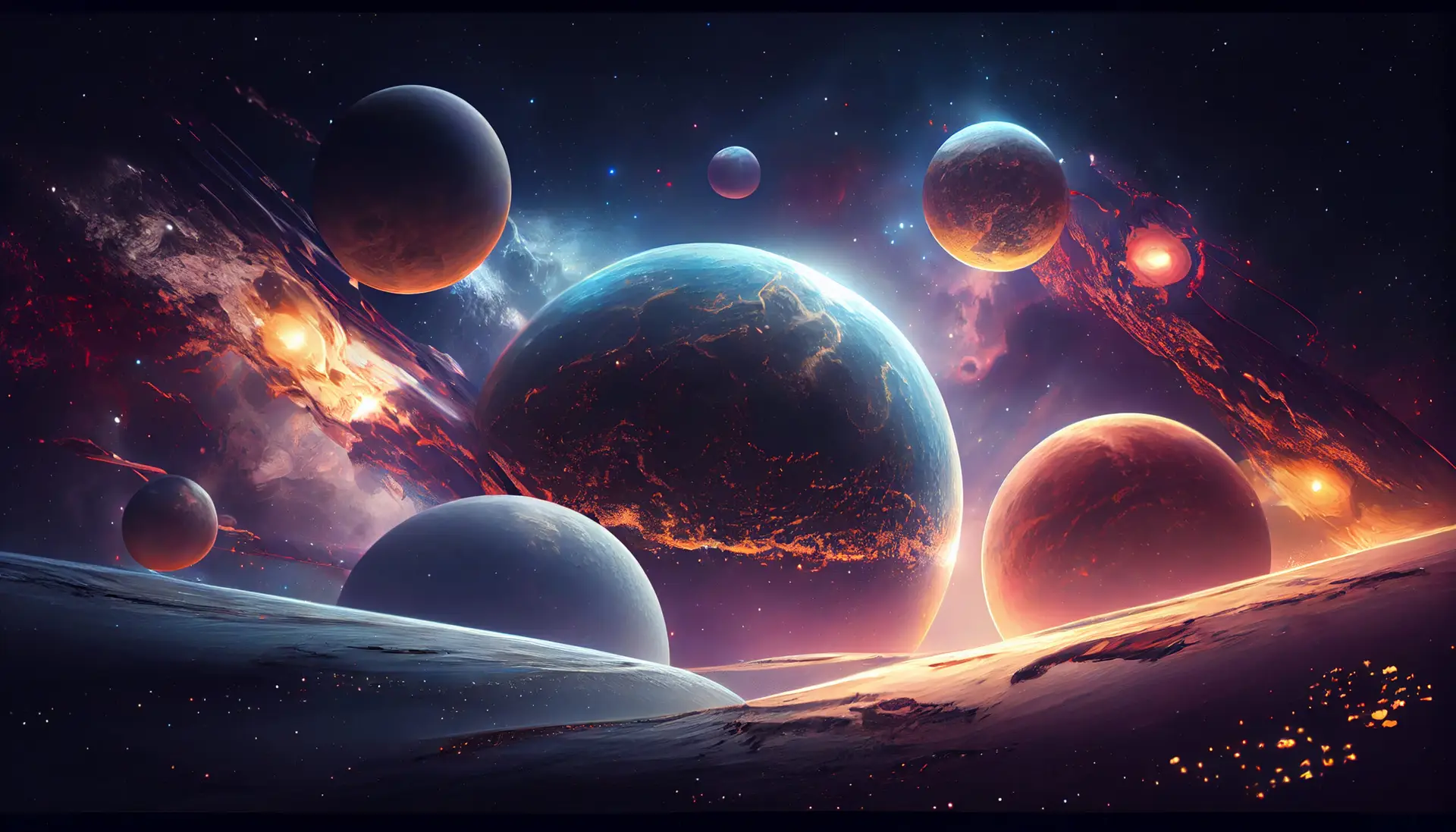🌌 Introduction
What Is Constellation? Ever looked up at the night sky and noticed a pattern among the stars? That’s what we call a constellation. It’s like the universe’s version of connect-the-dots, and humans have been playing this celestial game for thousands of years.
But how do these patterns form? Why do we name them? And most importantly, what do they mean to us in 2025? Let’s dive deep into the cosmic puzzle.
🌟 The Origin of Constellations

Long before we had telescopes or space stations, ancient civilizations were gazing at the sky, making sense of the twinkling dots. Egyptians, Greeks, Chinese, and Babylonians all created star maps and attached stories to the patterns they observed.
In fact, most of the constellations we know today are rooted in Greek mythology, passed down from generations and embedded in culture and science.
🔭 Modern Definition of Constellations

In 1928, the International Astronomical Union (IAU) officially divided the celestial sphere into 88 constellations. These act like a global address system for astronomers.
Fun fact: The famous Big Dipper isn’t a constellation—it’s an asterism, a smaller star pattern within a larger constellation (Ursa Major).
🌌 How Constellations Work

So, how do constellations actually work? It’s all about perspective. The stars forming a constellation aren’t close to each other in space—they just appear that way from Earth.
🌍 Earth’s Motion Matters
Our planet rotates daily and orbits the Sun annually, causing the night sky to shift. That’s why constellations you see in summer are different from those in winter.
👁️ Observer’s Viewpoint
Where you are on Earth changes what constellations you can see. People in the Southern Hemisphere see constellations that northern observers never will!
🔮 The Illusion of Patterns
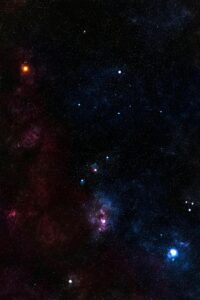
Stars are light-years apart, yet we see them forming familiar shapes. It’s like seeing a triangle of streetlamps and imagining a spaceship. That’s the power of human imagination and 2D perspective.
📅 Seasonal Constellations
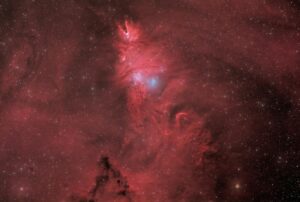
Some constellations only appear during specific months. For instance:
-
Orion dominates the winter sky in the Northern Hemisphere.
-
Scorpius is prominent in summer.
It’s like a cosmic calendar!
READ MORE:What is Faster Than Speed of Light?
🌠 Famous Constellations and Their Stories

🗡️ Orion the Hunter
One of the brightest and most recognizable constellations, Orion has a belt of three stars. In mythology, he was a mighty hunter slain by a scorpion.
🐻 Ursa Major & Minor
Home to the Big and Little Dippers, these bear-shaped constellations helped ancient mariners find the North Star (Polaris).
👑 Cassiopeia
Shaped like a ‘W’, Cassiopeia represents a vain queen. Easy to spot and rich in myth.
♈ Zodiac Constellations
These 12 star groups lie along the Sun’s path and form the basis of astrology. Think Aries, Taurus, Leo, etc.
🧭 Navigational Use of Constellations

Before compasses, people used the stars. Polaris, found in Ursa Minor, has been guiding travelers for centuries.
🌊 Ancient Navigators
Seafarers from Polynesia to the Mediterranean used constellations as maps, helping them cross oceans and deserts alike.
🚀 Constellations in Modern Astronomy
Constellations help astronomers map the sky. When they discover a new object, they often label it based on its constellation—like the Orion Nebula.
They also help in defining celestial coordinates, acting like the latitude and longitude of space.
🔎 How to Spot Constellations in 2025
With smartphones and telescopes more advanced than ever, finding constellations is a breeze.
📱 Stargazing Apps
Try apps like Star Walk 2, SkyView, or Stellarium. Just point your phone to the sky, and boom—you’re a backyard astronomer!
🌌 Pro Tips
-
Find a dark-sky spot away from city lights.
-
Check moon phases (a full moon will outshine stars).
-
Use a red flashlight to preserve night vision.
🌍 Cultural Significance of Constellations

Constellations are more than science—they’re storytelling tools. From astrological signs to ancient legends, they’ve shaped religions, calendars, and even harvest cycles.
Ever wondered why farmers once planted crops based on stars? Thank the constellations.
🛰️ Constellations and Space Missions
The word “constellation” isn’t just for stars anymore. In tech, it refers to satellite constellations—groups of satellites working together.
🌐 Like Starlink
Elon Musk’s Starlink project is a constellation of satellites providing internet from space. So yeah, constellations now literally connect the world!
❌ Misconceptions About Constellations
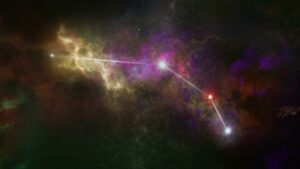
-
Not all cultures see the same patterns. What Greeks saw as a scorpion, others saw as a fish.
-
Stars move over time. In thousands of years, today’s constellations may look totally different!
🧠 Future of Constellation Mapping
Thanks to AI and virtual reality, future generations might explore constellations in immersive planetariums or even holographic sky domes.
Imagine walking through Orion like it’s a theme park!
✅ Conclusion
Constellations are where science, mythology, and wonder collide. They’ve helped guide humanity, sparked imagination, and shaped civilizations. In 2025, with AI, AR, and satellites, they’re more relevant than ever—bridging the gap between the ancient skies and our modern world.
So next time you glance up on a clear night, try spotting a constellation. Who knows? You might just find your favorite cosmic pattern waiting to tell you a story.
❓ FAQs
1. How many constellations are there in total?
There are 88 official constellations, as recognized by the International Astronomical Union.
2. Can constellations be seen from anywhere on Earth?
Not all of them. Your location and hemisphere determine which constellations are visible to you.
3. Are constellations scientifically important?
Yes! They help astronomers locate stars, planets, and deep space objects precisely.
4. Are constellations permanent?
Nope. Stars move over time, so the shapes will eventually change—just not in our lifetime.
5. What’s the difference between a constellation and an asterism?
A constellation is an official region of the sky. An asterism is a recognizable star pattern, often part of a constellation.
Please don’t forget to leave a review.
